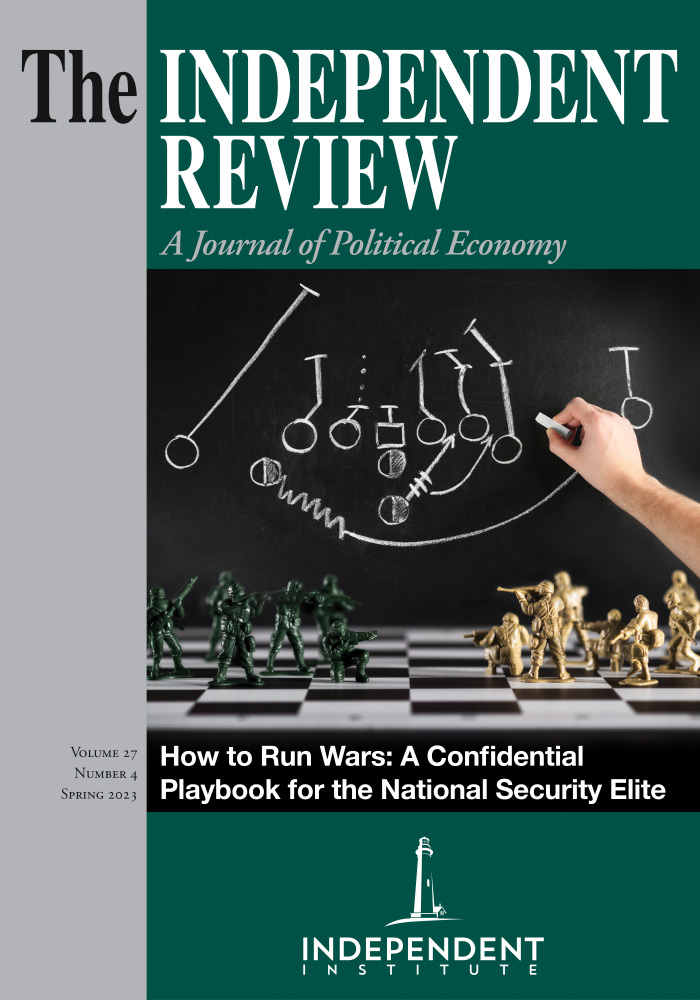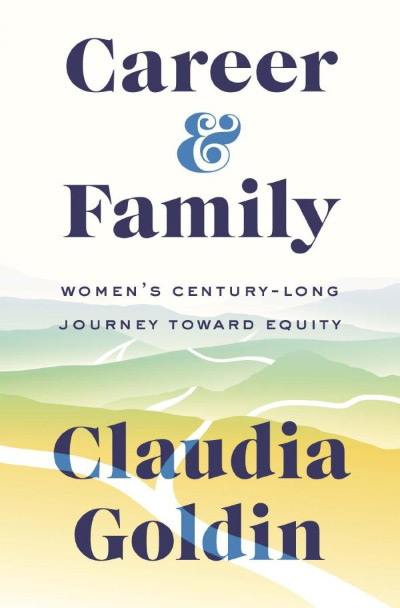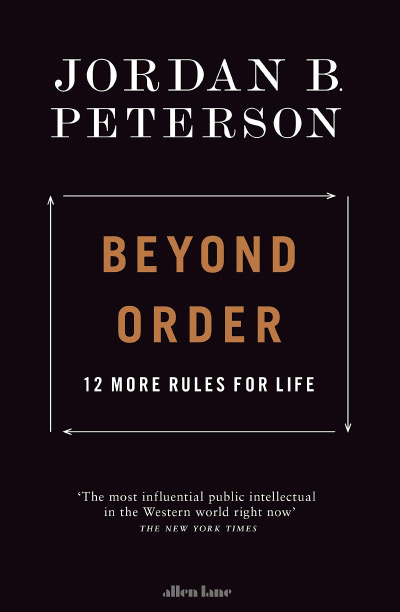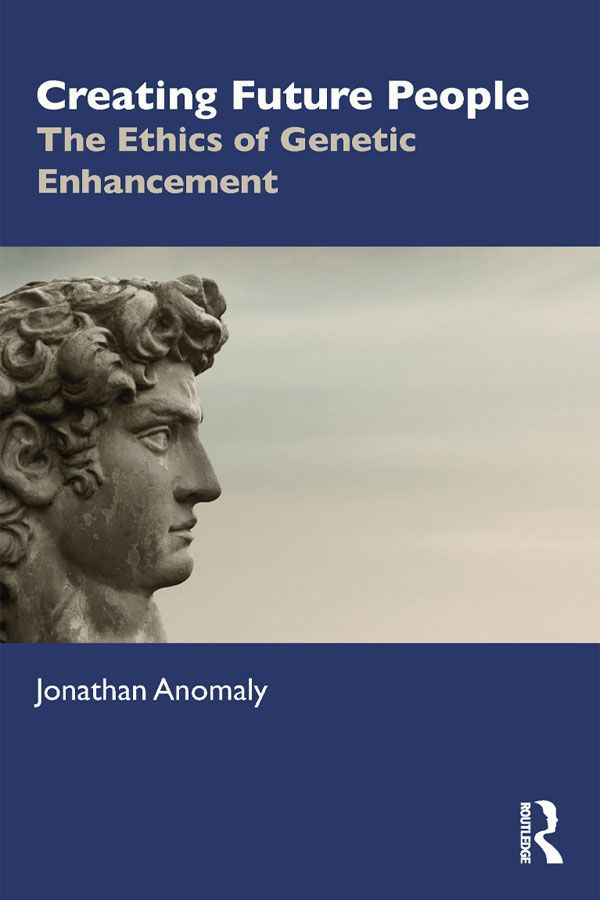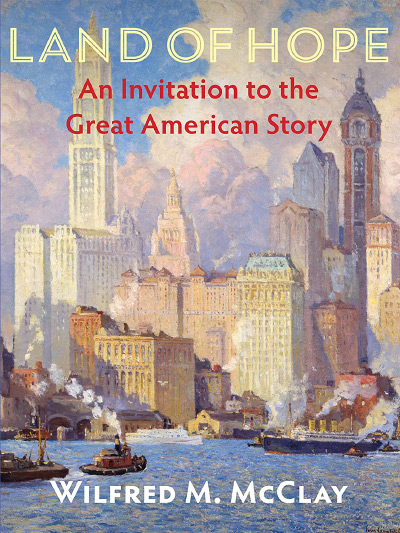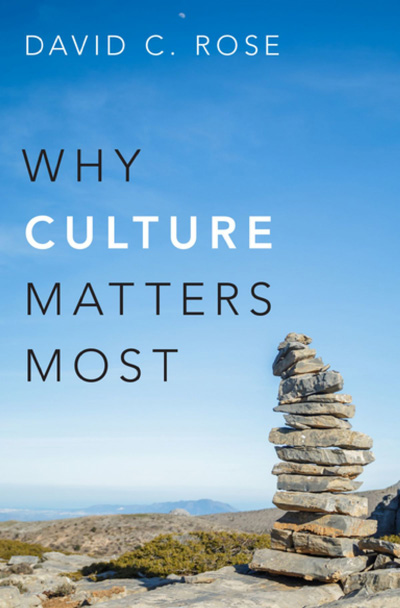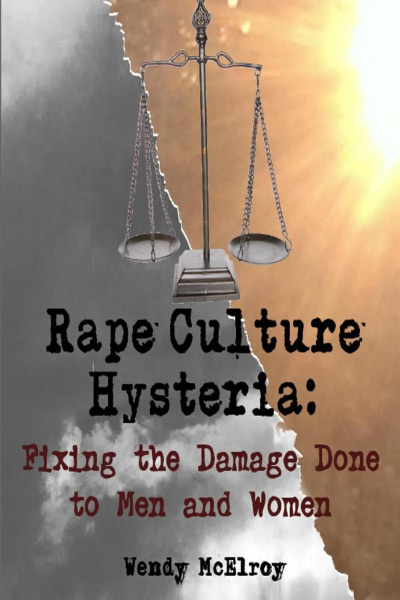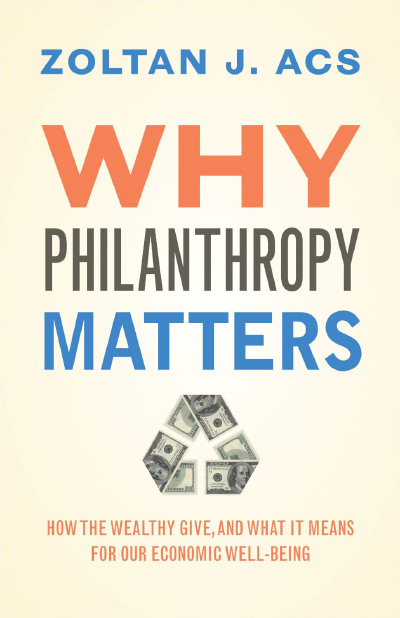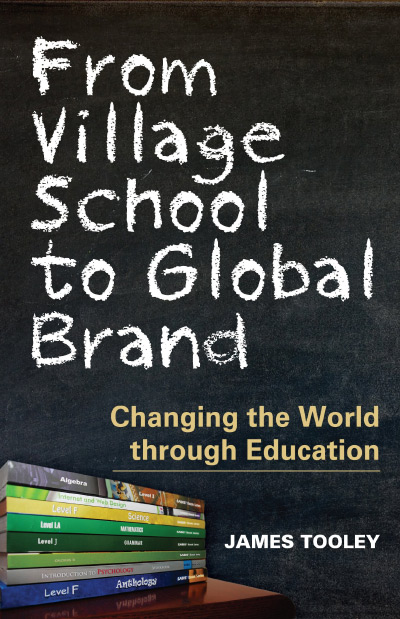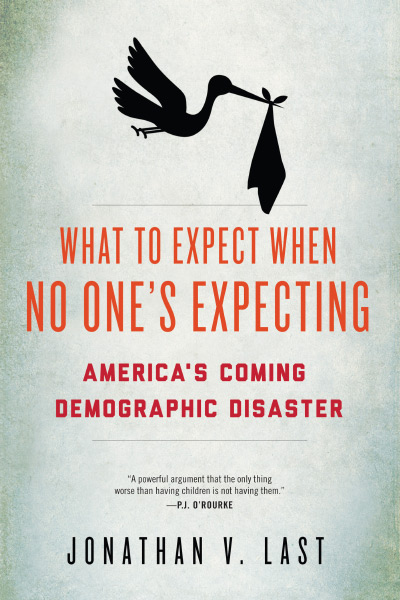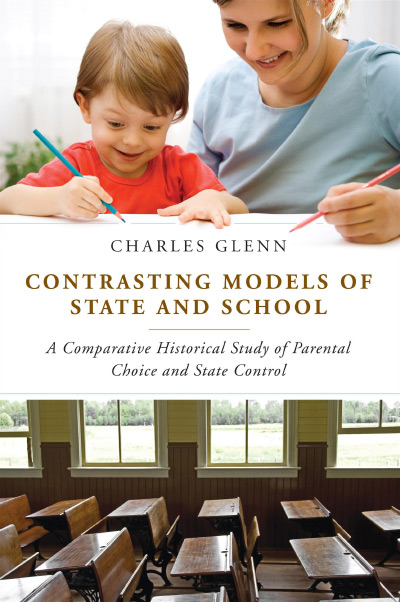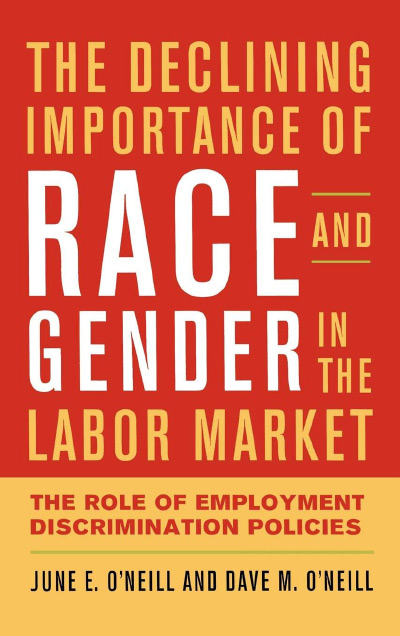Over the past five decades Claudia Goldin has had a magnificent career. She won multiple awards for her magisterial 1990 book on the history of women in the labor force, Understanding the Gender Gap: An Economic History of American Women (New York: Oxford University Press). While producing award winning research on the race between education and technology (for example, The Race between Education and Technology, 2008, Cambridge, Mass: Belknap Press, co-authored by Lawrence F. Katz), she has continued her research on women in the economy. Her new book examines how college-educated women have managed the complicated relationships between family and careers since the late 1800s. It is written for a general audience and therefore emphasizes a few points and does not have much of the technical detail found in her earlier books. Yet the forces she emphasizes are powerful and clearly play a major role in the choices women have made between careers and family over the past 120 years. She should probably make room on her bookshelf for more awards, because the book is an excellent examination of the topic.
As an economic historian, Goldin is used to discussing the complexity of history. Yet much to her amazement (p. 23), she discovered that the evolutionary story for college-educated women could be told simply by dividing them into five distinct cohorts over time. The women within each cohort faced the same constraints, had the same aspirations, married at the same rate, chose similar ages at which to marry and give birth, and had similar timing in their career choices. Meanwhile the differences between cohorts were substantial, and the breaks between groups were due mainly to forces outside the control of the families who were making decisions. The cohorts are neatly summarized in Figure 2.1 and pp. 24–45, and then each cohort is discussed in depth in separate chapters.
The first cohort, born between 1878 and 1897 and graduating between 1900 and 1919, was a relatively small group that chose between Family or Career. Half never had children and those generally worked for pay at some point in their lives. The Job then Family cohort, born between 1898 and 1923 and graduating between 1919 and 1945, often started out in a job and then formed a family. Most who eventually married had children. Their working lives encompassed the Great Depression, which contributed to marriage bars that forced them to quit when they married. Goldin does not emphasize the impact of World War II much, but the war caused many of the early graduates in this cohort to follow a path of Job-Family-Job because they worked during the war after they had families. The Family then Job cohort, born between 1924 and 1943 and graduating between 1945 and 1965, typically started families first and then later found jobs. More than 90 percent of this group got married. Most married young, and those almost all had children and contributed to the baby boom. Once the children were grown, the women then went to work, and some developed careers. I have a minor quibble with the naming of this group because many had jobs before and even for a while after they married, so maybe the name should be Job then Family then Job.
The Career then Family group was born between 1944 and 1957 and graduated between 1965 and 1979. They were the first group to have ready access to the pill. Although exposed to the increasing success of the women’s movement, Goldin suggests that they were more influenced by seeing their mothers, aunts, and older sisters start working again after having families, but without much foresight. A significant number of their relatives were divorced, with rusty workplace skills, and they faced significant struggles. Thus, the Career then Family cohort focused on establishing careers first. They ended up with higher divorce rates but were better prepared for that outcome. But there was a cost because a significant share of the women who delayed families ended up with no children. The final Career AND Family group was born between 1958 and 1978 and graduated between 1979 and 2000. This group saw the frustrations of the previous group and sought both careers and family at the same time. In consequence, their labor force participation was the highest of any of the cohorts while their share with no children by age 44 was only 21 percent, only slightly higher than the 18 percent for the baby boom Family then Job cohort.
One strong feature of the book is that Goldin illustrates the situations for the various cohorts with vignettes from fiction, the careers of famous women, and the careers of a number of women who deserve more attention. My favorite vignettes are her discussions of the careers of Margaret G. Reid and Hazel Kirk, who belonged to the Family or Career cohort and were tenured economics professors at the University of Chicago (pp. 46–50). As a graduate student in the late 1960s, Goldin used to see the “ancient” Reid as they both schlepped their boxes of computer cards to the computer center. She is sad to say that at the time she knew little about Reid’s contributions to the field of economics and never had a deep conversation with her.
Here and in her previous work, Goldin has shown that the presence of marriage bars and a variety of other documented forms of discrimination stopped or slowed career progress for women. Yet over the last thirty years, the number of “smoking guns” has declined sharply. It is now common for the pay for college-educated men and women with similar skills in the same jobs to be similar, particularly at the start of careers. However, by the time they reach their thirties, a career gap between men and women develops that leads to a larger pay gap. She emphasizes that a major determinant that leads to this career gap is “greedy work.” To rise high on the professional career track available to college graduates requires a willingness to work long hours and be able to respond quickly to work emergencies. In a couple who both start with the same skills at the same firm, the woman is likely to be the one who will have more responsibilities for children or the care of a sick parent. She will need more flexibility at work to meet family emergencies and thus will not be able to work the schedule necessary to rise along the career track that rewards greedy work with career advancement and substantially higher pay. After a few years the pay gap between the two career tracks increases such that their family income is higher if the man specializes in the greedy work job with high pay and the woman stays with the lower-paying flexible job because it will take significant time for the woman to switch schedules and catch up with the male earnings. The specialization might be expected to occur in same-sex couples with children as well.
The idea that family responsibilities strongly influence the gender gap is not new. Goldin identifies it as a central issue and then asks: Does the modern world have to be this way? She illustrates the greedy work story with the careers of lawyers and then contrasts the situation with a study of pharmacists. Pharmacists were a lot like lawyers in the 1950s and 1960s, but the profession began to shift toward more consistent and set hours as large corporations took over from independent pharmacists. She argues that the corporations and their customers saw each pharmacist as a close substitute for other pharmacists and thus there was no longer a reason to set up a greedy hours structure to work. In consequence, male and female pharmacists have similar pay. The changes wrought by the COVID-19 pandemic are still unclear, but there are many claims that the attitudes toward work and caregiving among men and women have shifted in directions calling for more balance between work and family life. Thus, the pandemic might have accelerated a trend away from greedy work that Goldin sees among pharmacists and other occupations.
The book serves as an excellent overview of the history of the changes in careers and family responsibilities of professional women in the economy since the late 1890s. Cohort analysis is one of Goldin’s specialties, and it is a powerful tool in this context. For people looking for more detail and the experiences of a broader range of women, Goldin lists on her CV a new book forthcoming from Oxford University Press, An Evolving Force: A History of Women in the Economy.
| Other Independent Review articles by Price V. Fishback | |
| Summer 2007 | For All of These Rights: Business, Labor, and the Shaping of America’s Private-Public Welfare State |
| Winter 2000/01 | Calculating Risks: The Spatial and Political Dimensions of Hazardous-Waste Policy |
| Spring 1998 | How Minnesota Adopted Workers’ Compensation |

